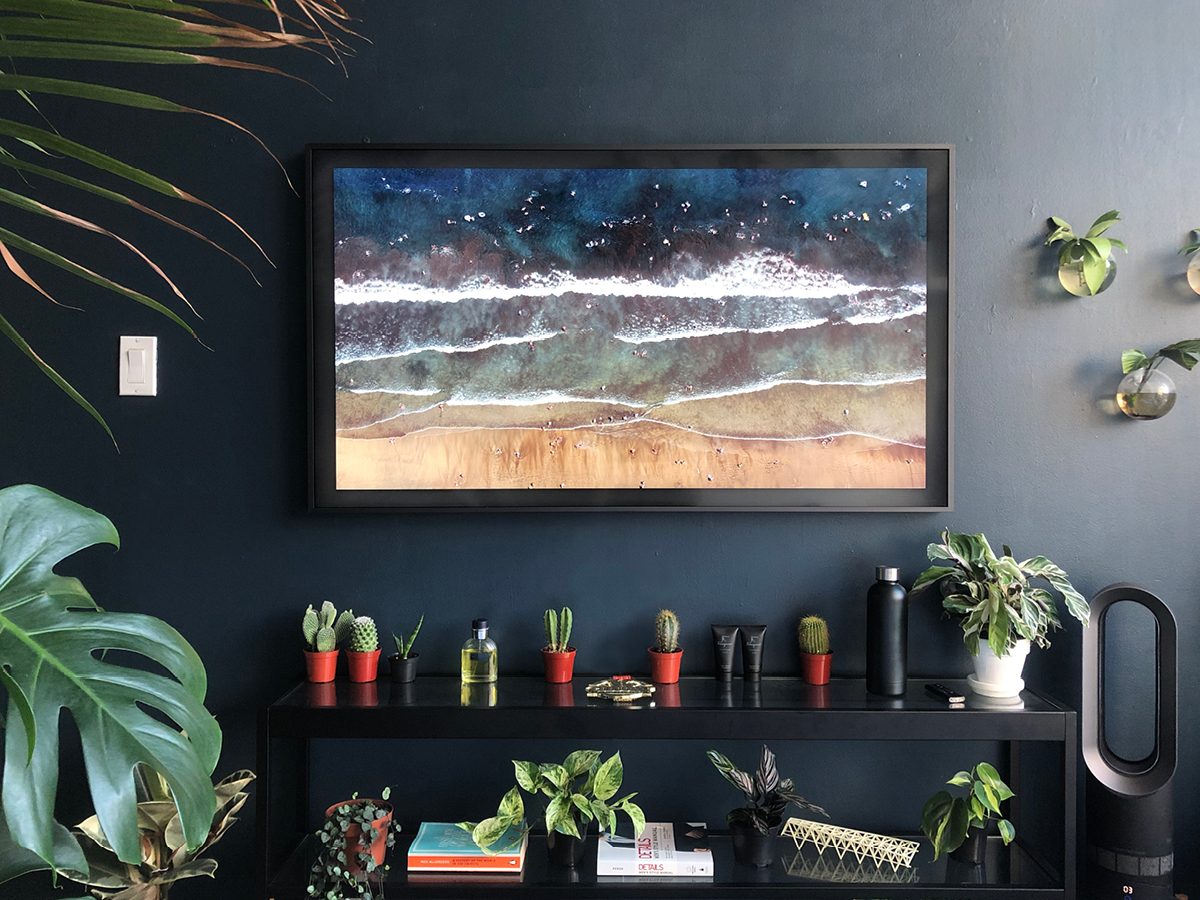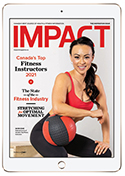Like it or not, we are spending a lot of time at home. We are surrounded by four walls much more than we would be during hot, summer nights and our time indoors is only exacerbated by pandemic protocols which have literally sent many of us home. In a single day, we breathe in at least 15,000 litres of air and consume four times as much of it as we do both water and food combined. Bad air and poorly-designed space (with poor air circulation, for instance) can impact our health, leading to headaches, sinus irritations, asthma attacks and serious cardio-respiratory diseases and cancer. Here are some ways to improve the air quality in the spaces you inhabit.
LET THE LIGHT AND THE AIR IN
Cost: $0 to $20
Windows or skylights which open to the outside allow fresh air to circulate into our homes. Make sure windows do not open directly to a garage, exhaust or polluted areas.
PLANT AIR-PURIFYING POTENTIAL
Cost: $5 to $50
According to NASA’s plant experiment in space, one air-purifying plant for every 100 sq.-ft. should eradicate common indoor air pollutants such formaldehyde and volatile organic compounds (VOCs) by destroying “pathogenic viruses, bacteria, and organic chemicals …converting all of these air pollutants into new plant tissue.” The peace lily, English ivy and snake plant are on NASA’s top purifying plants list.
SHED SOME LIGHT ON HIGH-GERM AREAS
Cost: $40 (bulbs) to $100 (lamps)
Ultraviolet Germicidal Irradiation (UVGI), light bulbs and lamps are great disinfectants, relying on ultraviolet radiation to damage the DNA and RNA of germs, thereby killing them.
Place them in high-traffic areas more susceptible to germs as an extra measure of sanitization – on kitchen countertops, in washrooms and above high-contact surfaces in your home gym.
INSTALL MERV 8 AIR FILTERS TO YOUR HVAC SYSTEM
Cost: Starting at $40
Minimum Efficiency Reporting Value (MERV) is a certified rating system which determines how effectively your system is at preventing pollutant particles from getting into the air stream. For residential spaces, MERV 7 to 12 is generally acceptable.
BUY A HEPA-CERTIFIED AIR PURIFIER
Cost: $100 to $200
High Efficiency Particulate Air (HEPA) is a certified rating system for air filters in appliances. As air passes through a fibrous membrane, these pollutant particles get trapped, intercepted, diffused, ionized, or even exposed to UV irradiation, depending on the filter’s technology and the particle’s size.
According to The Institute of Environmental Sciences and Technology, certified HEPA filters “must trap 99.97% of particulates 0.3 microns or larger,” which include bacteria, car emissions, mold, and spores.
BUY AN AIR QUALITY MONITORING SENSOR WITH REAL-TIME DISPLAY
Cost: $50 to $300
An indoor air quality monitoring sensor can identify common, potentially harmful air pollutants before they can become toxic to our health. Place a monitoring sensor in a central, visible location on each floor.
PERFORM A SYSTEM BALANCE ON YOUR HVAC SYSTEM
Cost: $100 to $300
Contact a reputable mechanical duct cleaning company to conduct a system balancing. This ensures air from your HVAC system is distributed properly for each room in the house and meets requirements set out by the ASHRAE Standard 62.1-2010 Ventilation for Acceptable Indoor Air Quality.
Read this story in the digital edition of IMPACT Magazine.
IMPACT Magazine’s 2021 Inspiration Issue
Read about our 2021 Canada’s Top Fitness Instructors – our top 30 from across Canada! Go beyond traditional thinking to optimize movement through stretching, find out about 7 DIY hacks to improve the air quality in your home, learn about taking care of your heart through proper nutrition, enjoy some of our best plant-based recipes yet, and work out with our Canada’s Top Fitness Trainers!


















